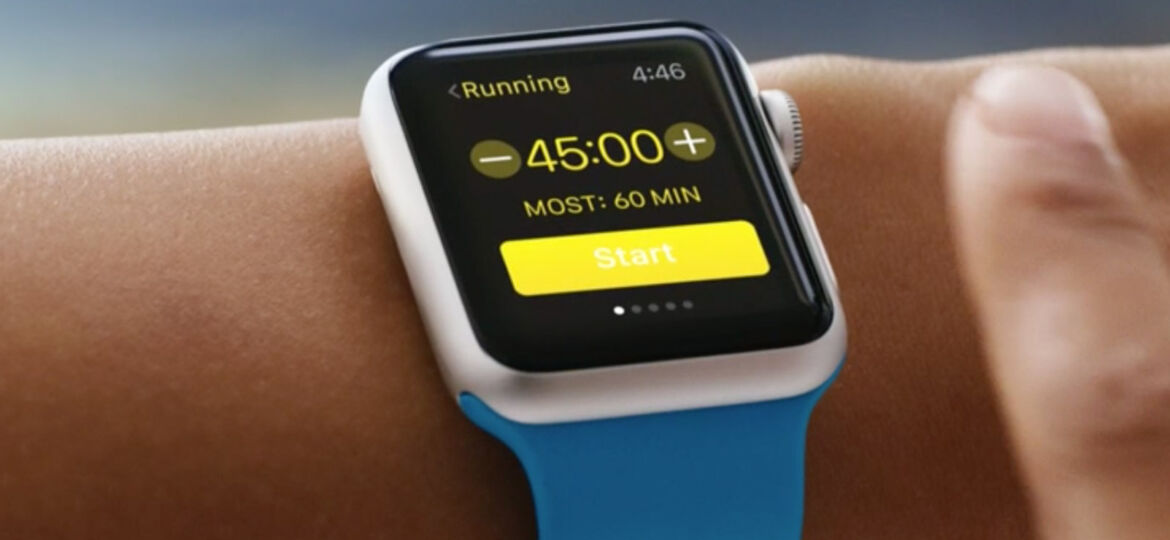
WHY THIS MATTERS IN BRIEF
One day computers will be in us, not on us, but until that day comes most of us find ourselves stuck with fat fingers and tiny screens, but a new future interface might solve your “Fingers and Thumbs” dilema.
As a Futurist I scoff at your smart watch as I use a neural interface to telepathically write my article. You’ve been sold the dream of a “supercomputer on your wrist” and in reality you’ve probably discovered that a “computer” on your wrist with a small screen sucks, even if it can predict when you’re getting ill (eventually). Enjoy sending an E-Mail. Enjoy playing Angry Birds. Ha! Ha!
Now though, thanks to the researchers at Carnegie Mellon’s Future Interfaces Group (FIG) I might have to re-think my scoffing because they’ve found a way to turn your skin into a trackpad, and that might not change everything about the way that we use our devices, but it could certainly change a lot.
Playing Angry Birds? No problem. Writing a text, or an E-Mail? No problem. Scribbling stupid drawings of stickmen and cats that you can send to your loved ones who look at them with hidden contempt while fake laughing? No problem.
FIG’s latest breakthrough, called SkinTrack, works by using four sensors, two in the watch band and two along the edge of the watch face, and a ring, that work together to track your finger’s movements along your arm and your hand.
All of that sounds great, of course, but just imagine the chaos that a bug walking up your arm could cause… Anyway, there are basic swipe features that let users switch between apps, and a feature called “Spatial shortcuts” that let users drag and drop icons, open apps and play games. The sensors can even track your finger hovering above your skin as well, letting you virtually dial numbers and input text, and one day soon there’s no reason why the system could translate you writing on your arm into text on the screen.
While the technology probably won’t come to a consumer product any time, even though Apple does have some $230 Billion in cash in the bank – cough, cough – FIG are now working with Disney on the technology so we’ll just have to wait and see what happens…





















